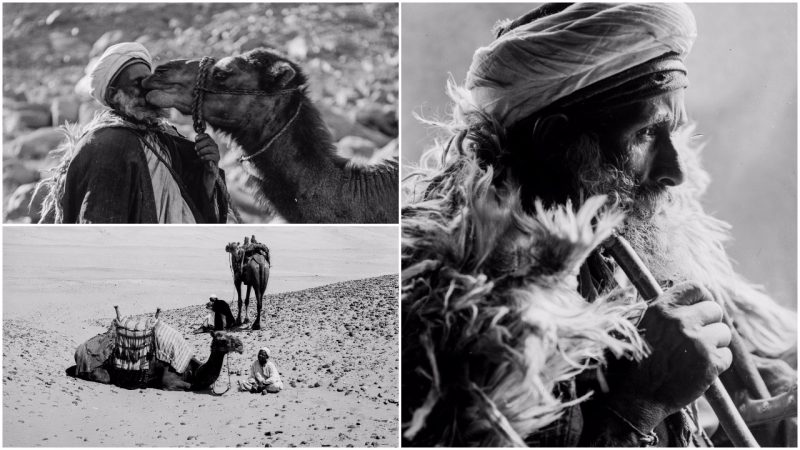The Bedouin, a semi-nomadic group, are descended from nomads who have inhabited the Arabian and Syrian deserts since ancient times. The Bedouin (“desert dwellers” in Arabic) move from place to place, marking their territory from the vast deserts of North Africa to the rocky sands of the Middle East.
Due to the unmerciful, harsh conditions of the desert and the lack of fresh water, the Bedouins were forced to live constantly on the move.
These photos below capture the Bedouins at the turn of the century. At the beginning of the 20th Century, governments became interested in previously ungovernable tracts of the desert and forced the Bedouins out. Many of them abandoned their traditional nomadic existence.
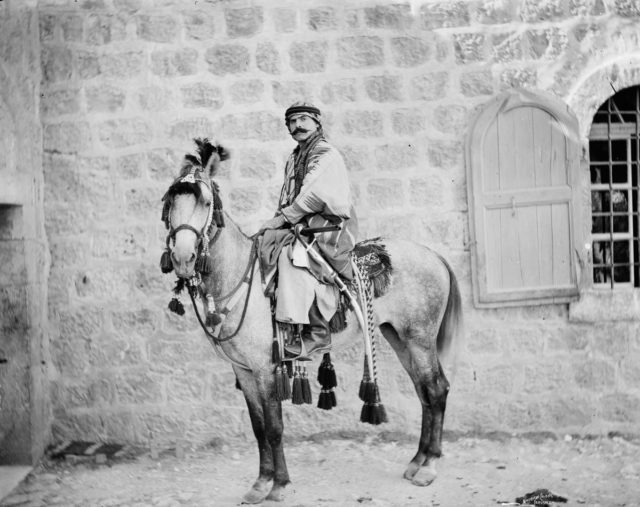
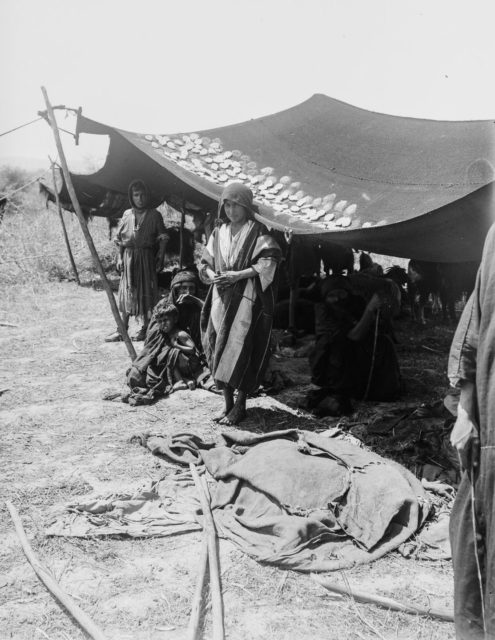
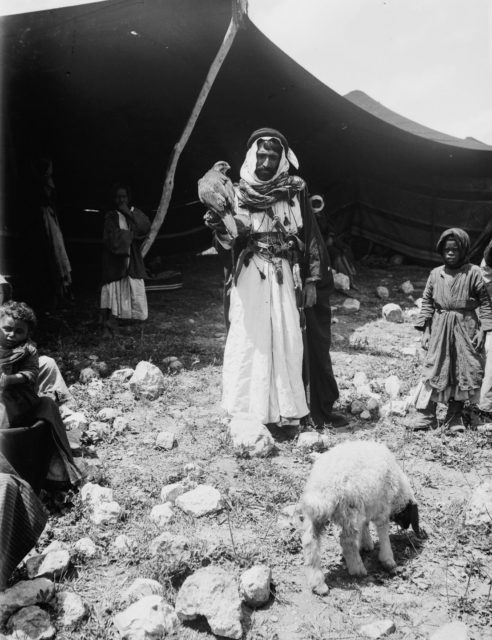
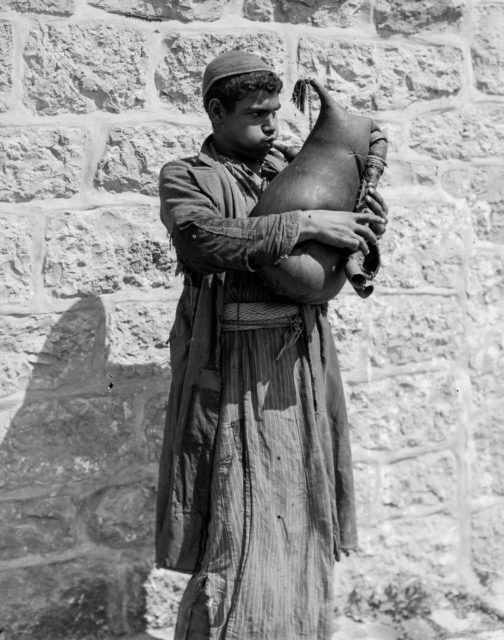
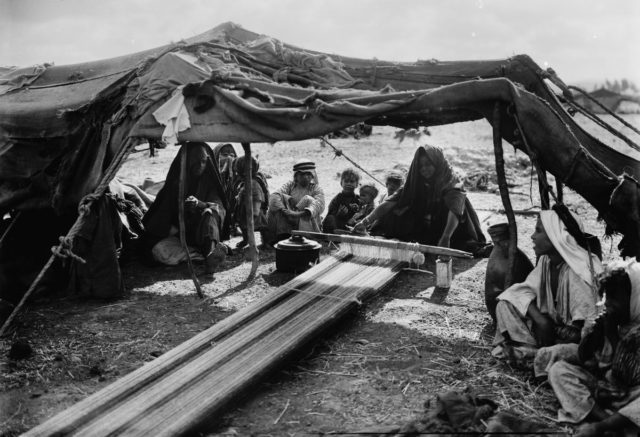
Taxation of caravans was the major source of income for the Bedouins. They would also collect tributes from the non-Bedouin settlement, and occasionally earned income by transporting people and goods across the dessert.
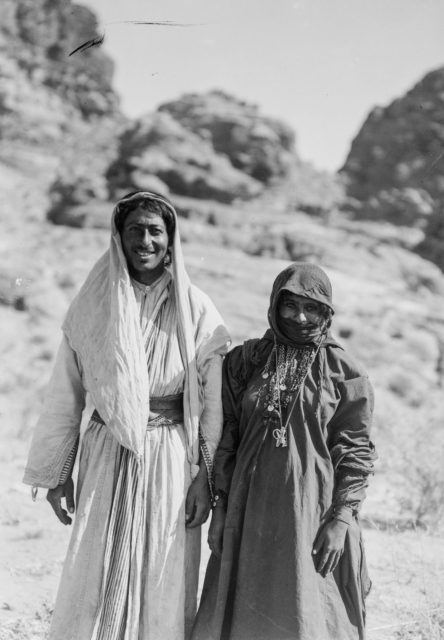
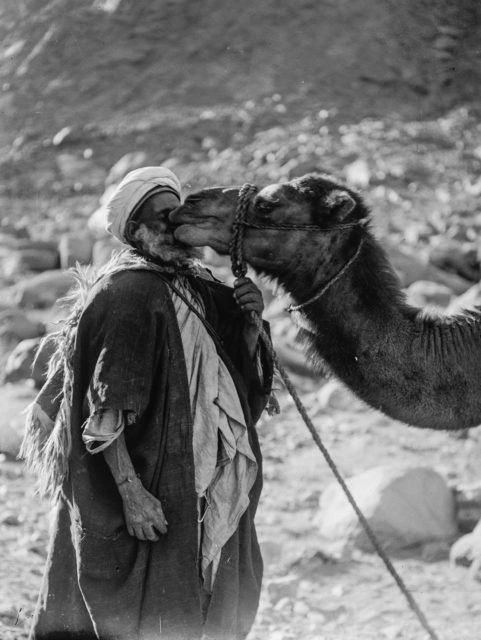
Historically, this semi-nomadic tribe made a living from livestock and the herding of goats and camels. Regarded as a “gift from God,” camels had various cultural and functional uses among the Bedouins. Mainly used as a method of transport and for their milking potential under arid desert conditions, Bedouins occasionally consumed their meat as well.
During celebratory occasions like weddings or religious festivals, Bedouins organized camel races.
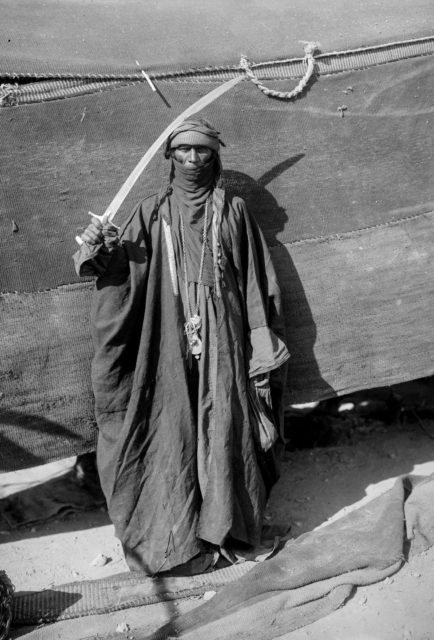
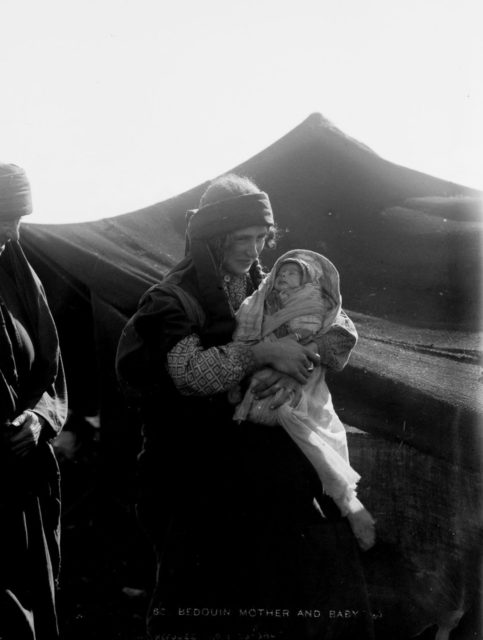
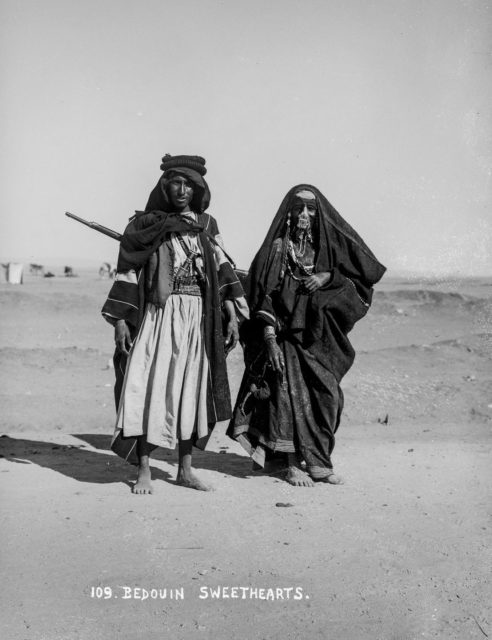
The most popular art form among Bedouins was poetry. A poet in one’s tribe was highly regarded as the most gifted and respected member of the society. Poetry was also used as means of conveying information and social control.
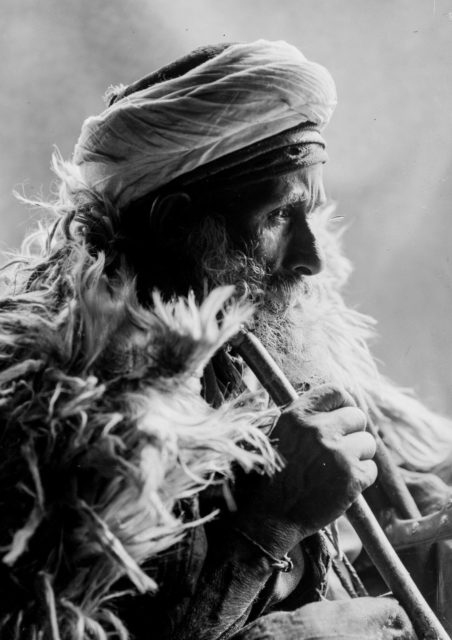
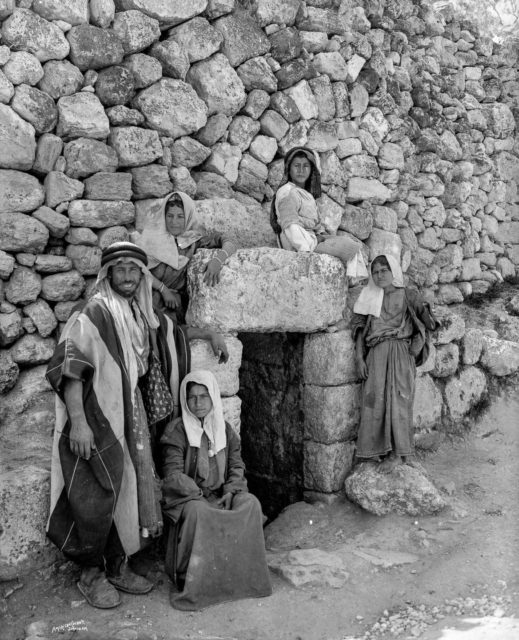
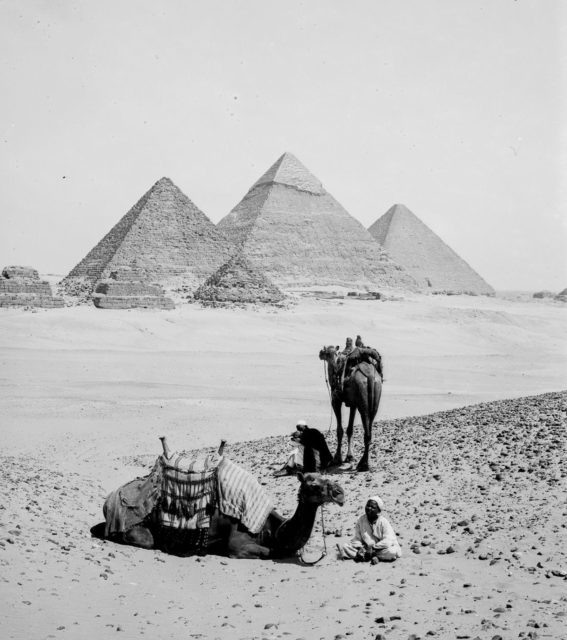
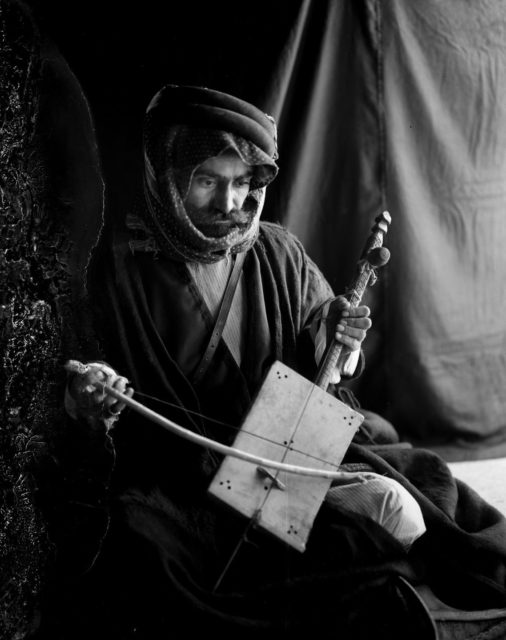
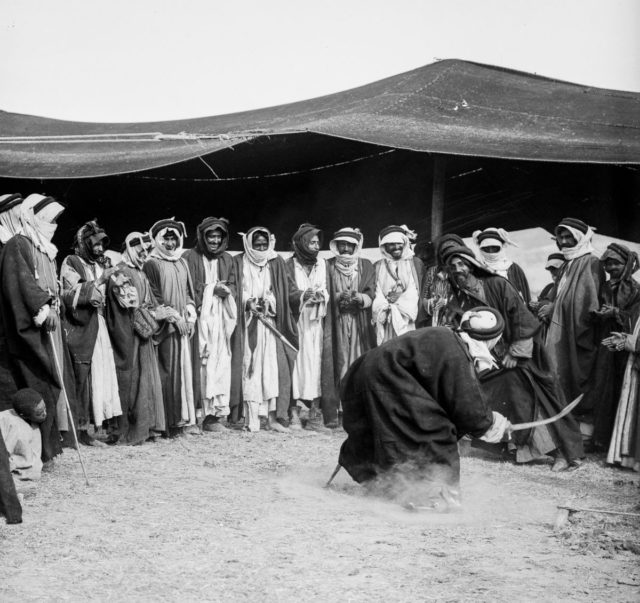
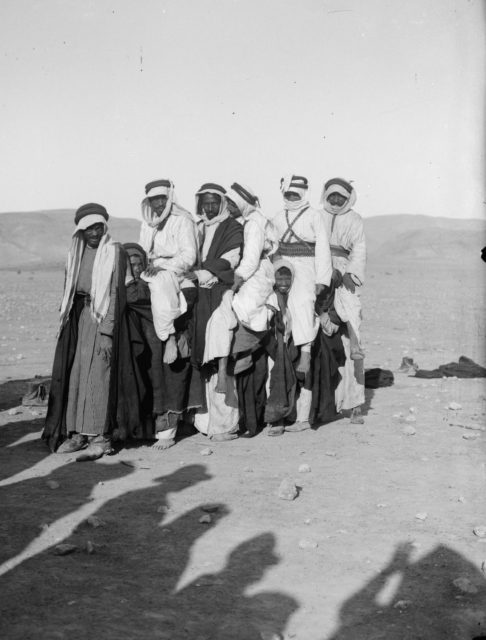
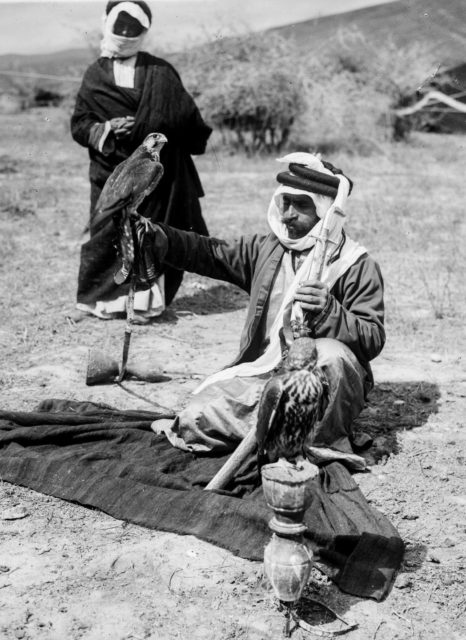
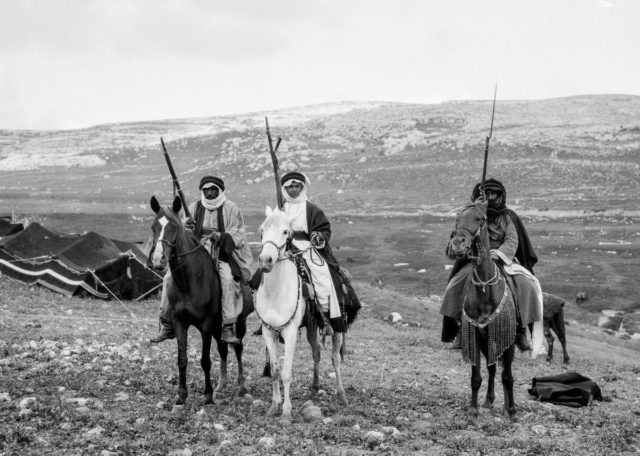
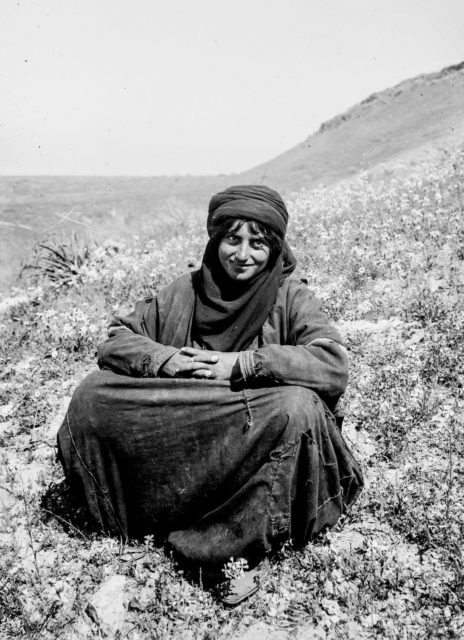
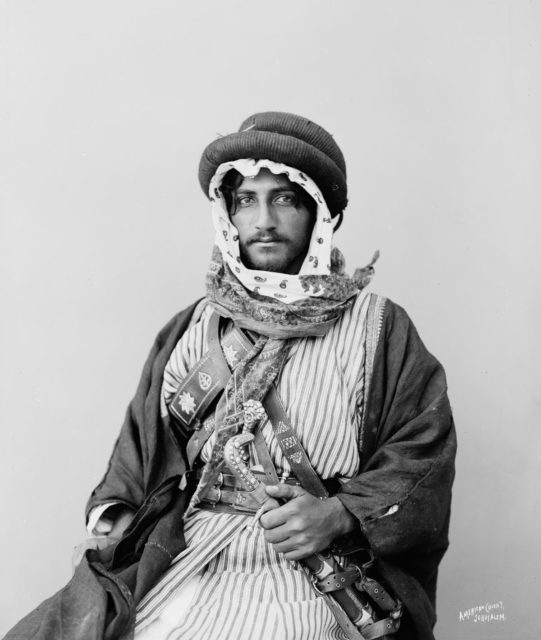
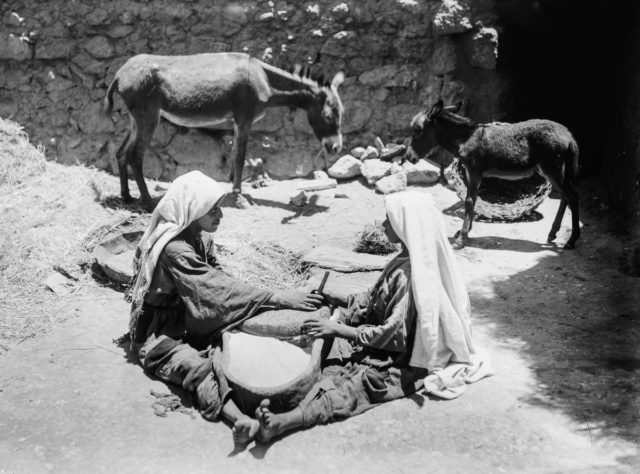
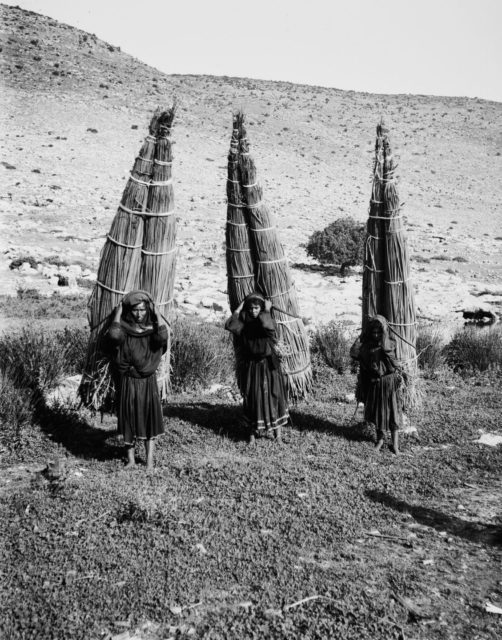
Today, many Bedouins have completely abandoned the tribal traditions and integrated into the urban world. However, there is a range of Bedouins who stay true to their tradition and retain Bedouin culture with traditional music, dances, and poetry. Urbanized Bedouins organize cultural festivals, held several times a year, in which they employ old Bedouins traditions – from poetry recitations to swords dances, to playing traditional Bedouin musical instruments.
